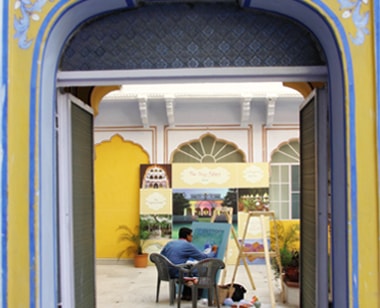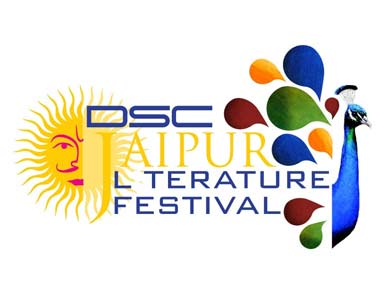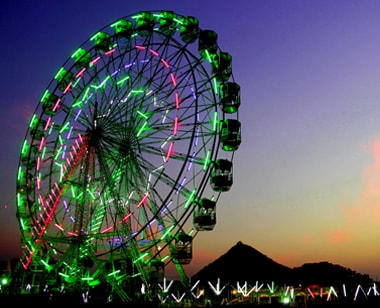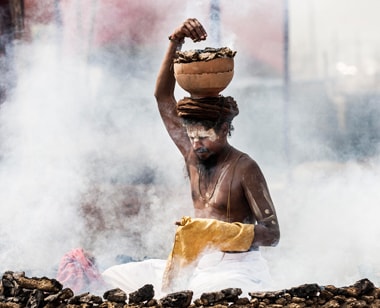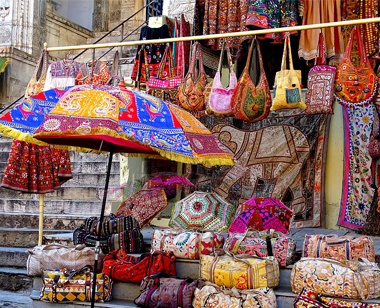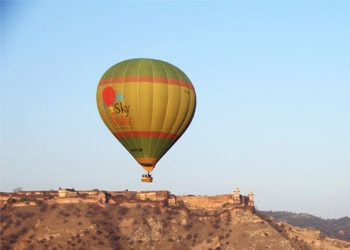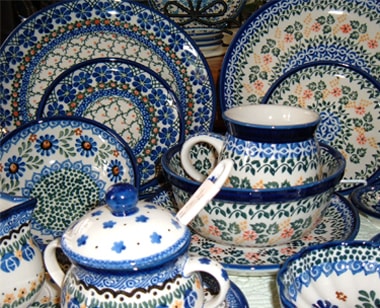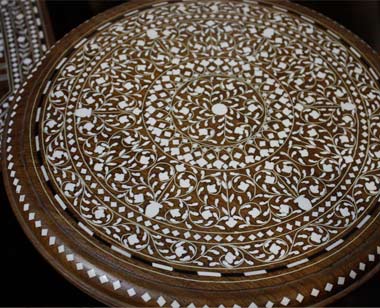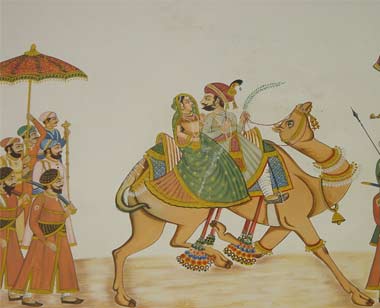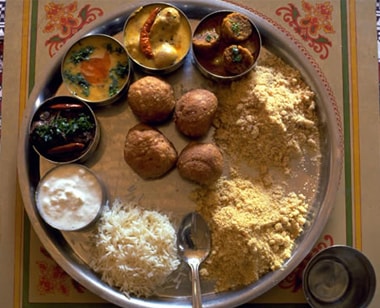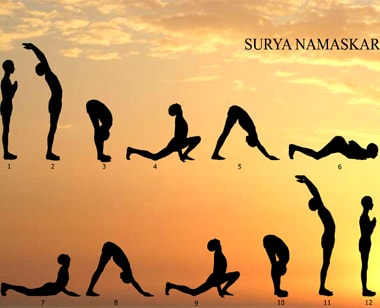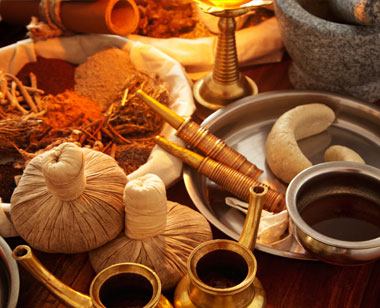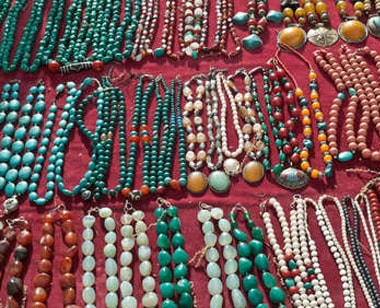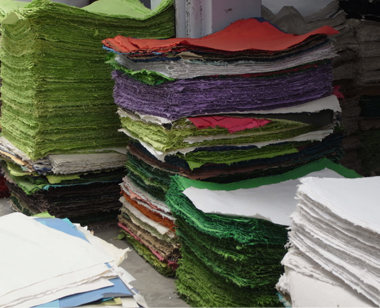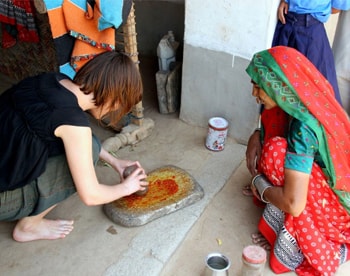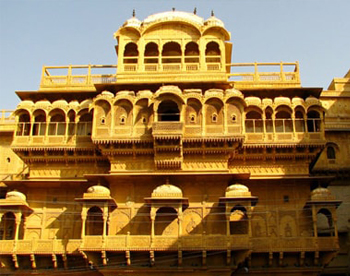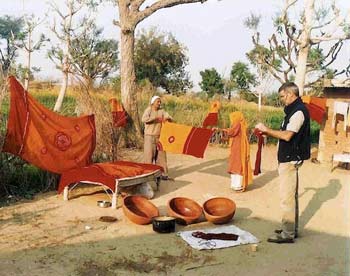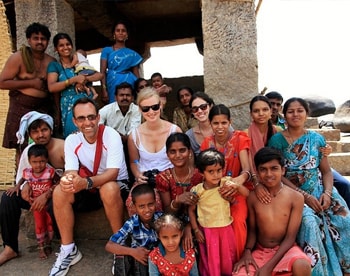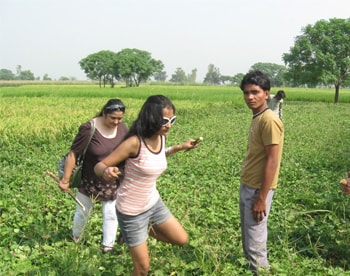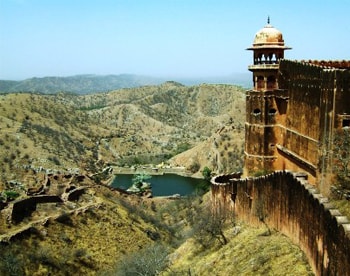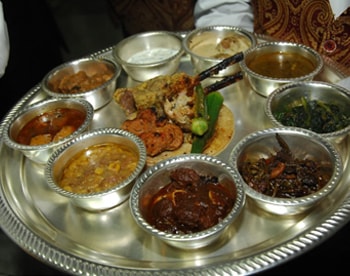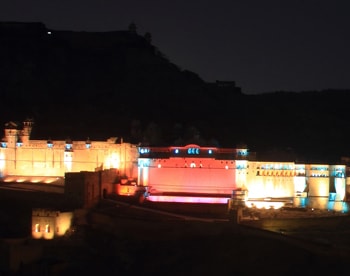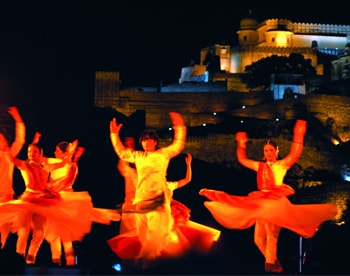Location Jaipur, Rajasthan
Built in 1726 AD
Built By Sawan Jai Singh II
Visiting Hours 9:00 am -5:00 pm
The Jaigarh fort is the most tremendous of the three-hilltop forts that overlook Jaipur. In Mughal times, the Jaipur area was a major weapon-preparing place for the Mughal and Rajput rulers, a few of the weapons being on showcase in the fort gallery. It is one of the few military structures of medieval India saved very nearly sound, holding royal residences, a silo, a well-planned cannon foundry, some temples, a tall tower and mammoth mounted cannon-the Jai Ban (Jaivan) which is the largest cannon on wheels in the planet. Jaigarh Fort is also known as the fort of victory. The display includes a collection of canons, many of which are exquisitely decorated and were used in the Mughal campaigns led by the Rajput King, Raja Man Singh. Of Jaipur’s a three forts, Jaigarh is probably the most drastically encroaching. It tries not to have the aforementioned sensitive structures or castles similar to that of Golden but assuming that you need a snappy check out a down to business fortification, this is it. Jaigarh means `Victory Fort’ and and was built between the 15th and the 18th century AD, and stands 15 km from Jaipur, in the middle of rock-strewn, thorn-clean veiled knolls, its denying stone bulwarks being visible from the Jaipur town. A steep way runs over up to the main door, the Dungar Darwaza, from where the view is inspiring.
The Jaigarh fort was built by Maharaja Saeai Jal Singh in 1726 . it is situated atop a hill, part of Aravali Mountain Ranges, Jaigarh rulers the fort encompasses many structures of medieval india ,a gun foundry and remarkable water storage system, The major attraction of this fort is worlds largest cannon, Jaibaan mounted on wheels.
Playing sentinel to the old capital of Amber, legendary Jaigarh, the “Victory Fort”, strategically dominates the Cheel ka Teela. Commonly perceived as one huge compound, the Jaigarh and Amber Forts are directly linked with long secured corridors. Located in the midst of prickly undergrowth, a mere glance at the fort considerably influences the viewer at once.
Jaigarh Fort was made to strengthen the safety of Jaipur and Amber. Due to this fact, one may not find this fort as creative as other ancient forts and fortresses, but it surely has its own considerably attraction. The Fort has many basic constructions of feudal India, which are really appealing to the keen travelers. It has quite a few imperial strongholds, warehouse, well-thought-out gun foundry, numerous great shrines and a high turret. Jaigarh Fort used to function as the very heart of full field weaponry manufacture for the Rajputs.
One of the few surviving cannon foundries is located here. Its most prized possession is the monumental 50 tonne Jai Van, cast in 1726 and said to be the world’s largest cannon on wheels. Ironically, despite its impressive size, the cannon has never been fired.
Other interesting sights are the Devi Burj, a seven-storeyed tower where a huge oil lamp was lit on the king’s birthday, two temples and a palace built over 200 years ago
How to reach Jaipur
By Air
Jaipur’s Sanganer Airport is just south of the city.
By Rail
Jaipur Station well connected to Delhi by Ajmer Shatabdi and Delhi-Jaipur Express, to Mumbai by the Bombay Central-Jaipur and Aravalli expresses, and to Kolkata by the Howrah-Jaipur Express.
By Bus
NH8 links Jaipur to Delhi via Shahpura and Dharuhera, and to Mumbai via Ajmer, Udaipur, Ahmedabad, Baroda, Bharuch, Pardi, Talasari and Manor. RSRTC operates deluxe coaches from Bikaner House in Delhi near Pandara Road. Excellent bus connections are also available from Jaipur’s Sindhi Camp Central Bus Terminal to other destinations in Rajasthan and beyond.
 +919828167660, +919414075013
+919828167660, +919414075013

